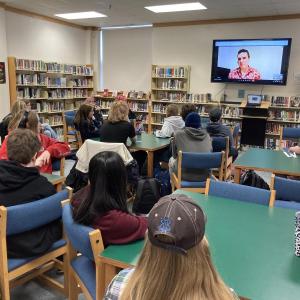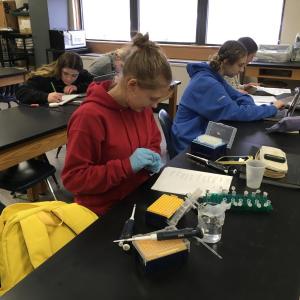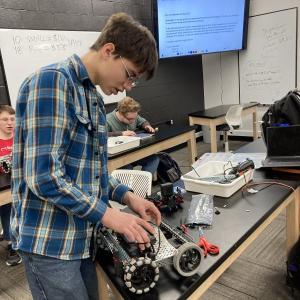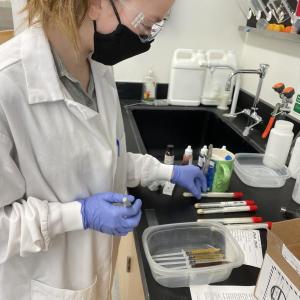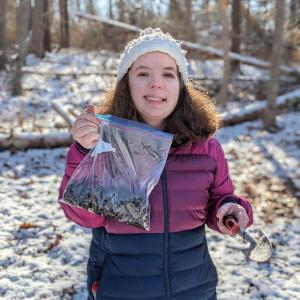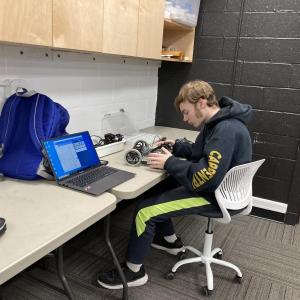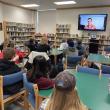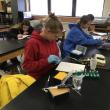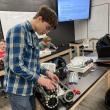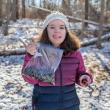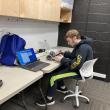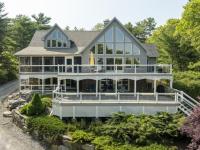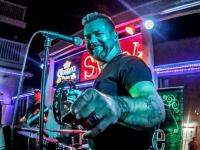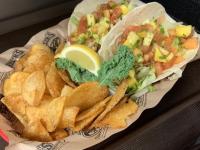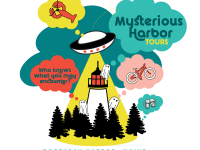Making science real for students
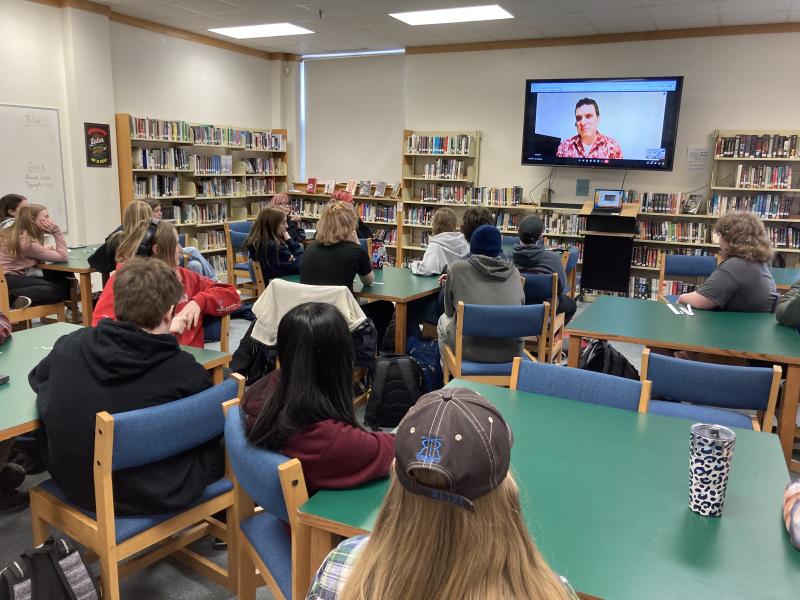 Astrophysicist Atilla Kovacs fields student questions. Courtesy of Emily Higgins
Astrophysicist Atilla Kovacs fields student questions. Courtesy of Emily Higgins
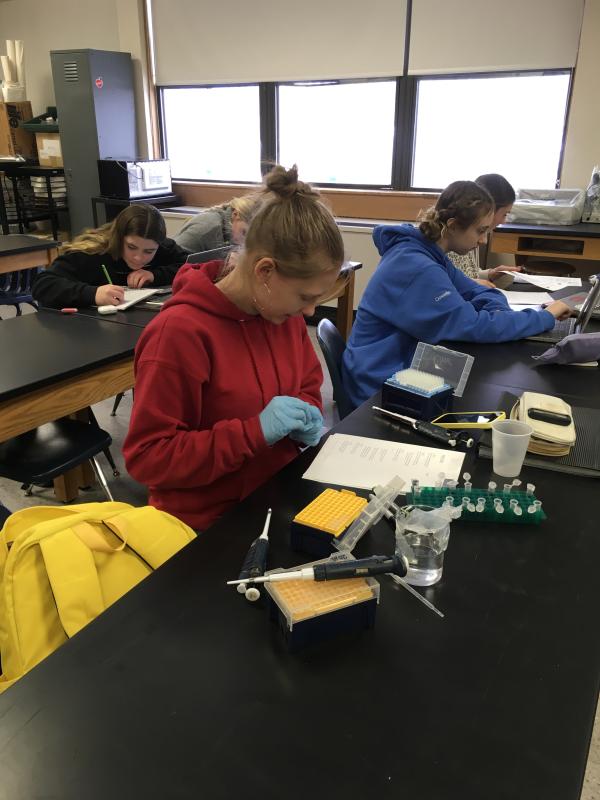 Bella Orr in biology class. Courtesy of Sherrie Hersom
Bella Orr in biology class. Courtesy of Sherrie Hersom
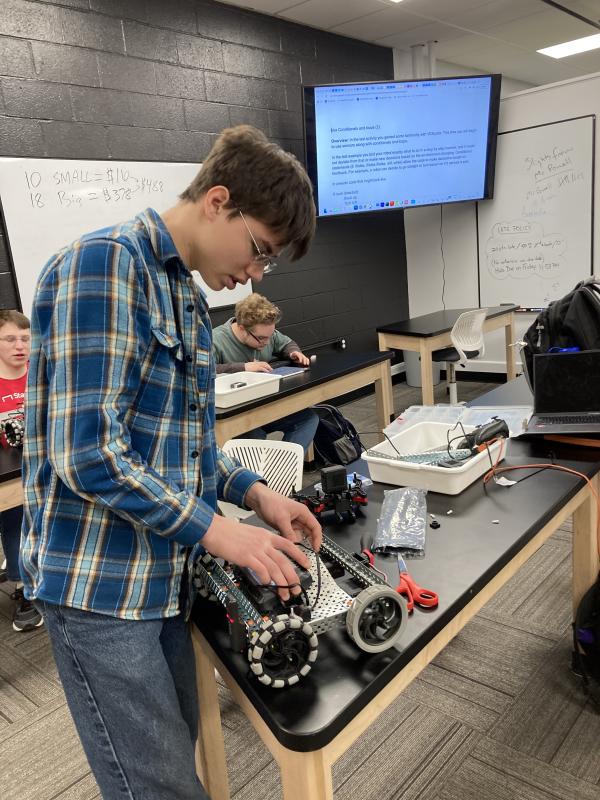 Rodi Mayne builds a robot. Courtesy of Emily Higgins
Rodi Mayne builds a robot. Courtesy of Emily Higgins
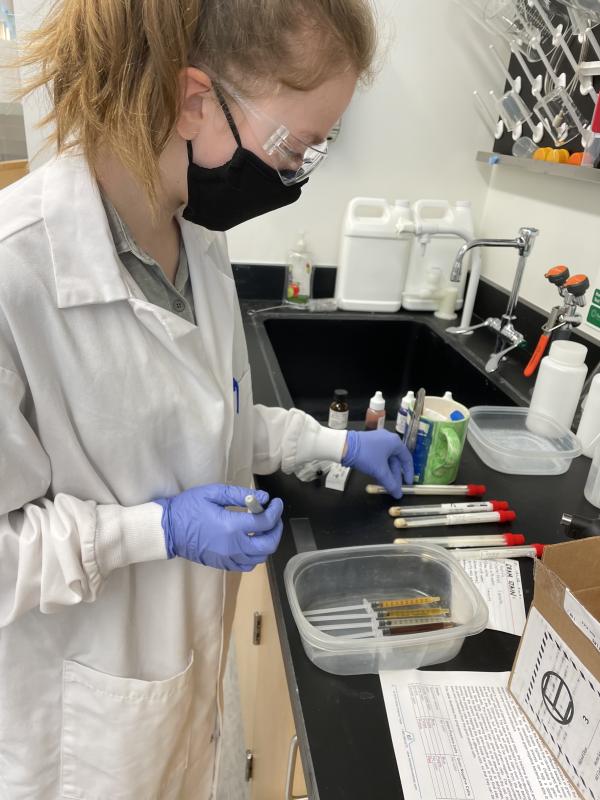 Emma Markowitz performs independent research. Courtesy of Emma Markowitz
Emma Markowitz performs independent research. Courtesy of Emma Markowitz
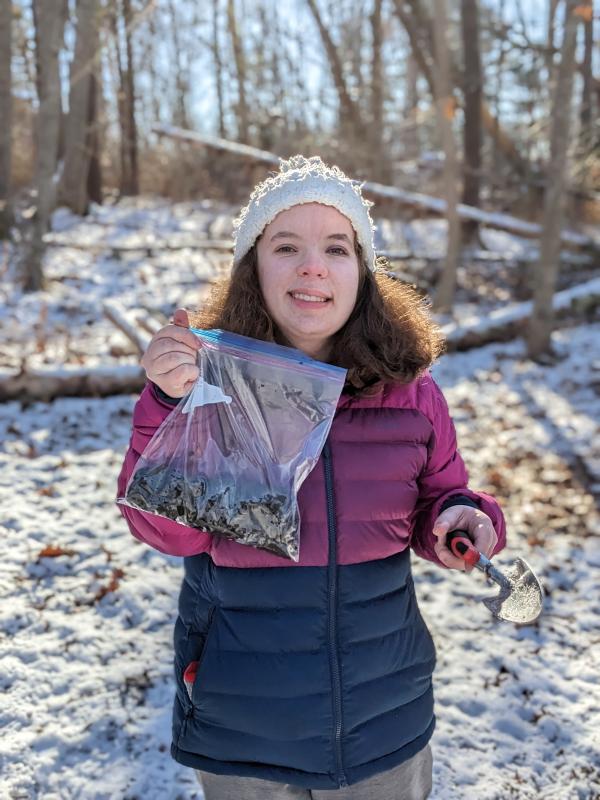 Chloe Joneth samples soil for salinity. CANDI JONETH/Boothbay Register
Chloe Joneth samples soil for salinity. CANDI JONETH/Boothbay Register
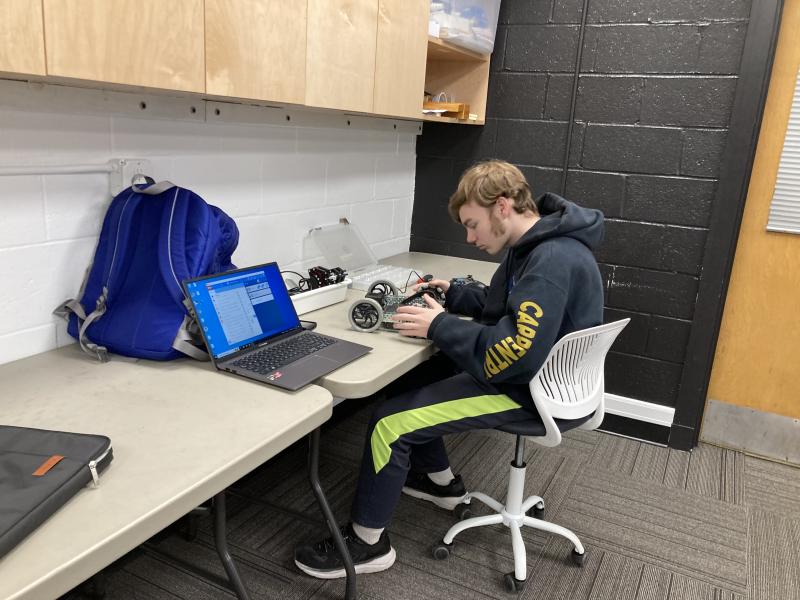 Gabe Barter works on his robot in programming class. Courtesy of Emily Higgins
Gabe Barter works on his robot in programming class. Courtesy of Emily Higgins
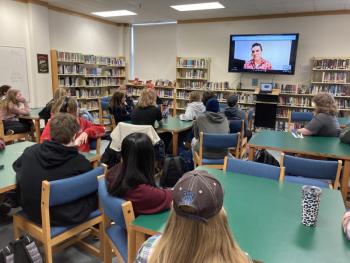 Astrophysicist Atilla Kovacs fields student questions. Courtesy of Emily Higgins
Astrophysicist Atilla Kovacs fields student questions. Courtesy of Emily Higgins
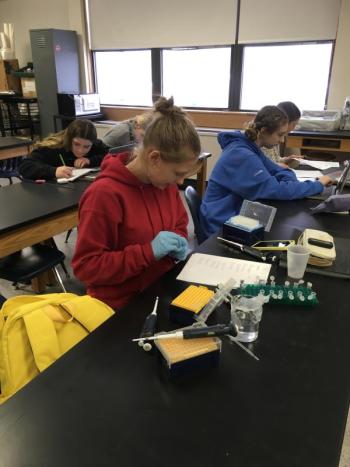 Bella Orr in biology class. Courtesy of Sherrie Hersom
Bella Orr in biology class. Courtesy of Sherrie Hersom
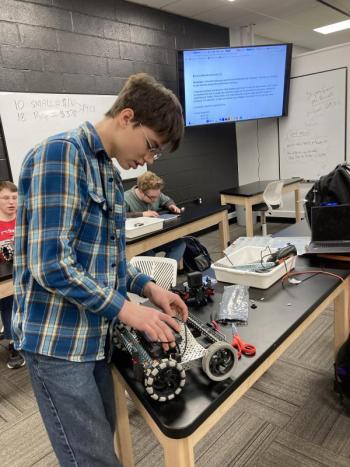 Rodi Mayne builds a robot. Courtesy of Emily Higgins
Rodi Mayne builds a robot. Courtesy of Emily Higgins
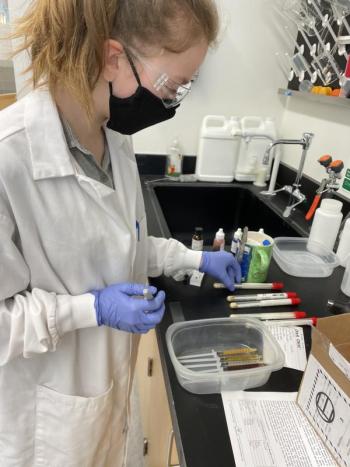 Emma Markowitz performs independent research. Courtesy of Emma Markowitz
Emma Markowitz performs independent research. Courtesy of Emma Markowitz
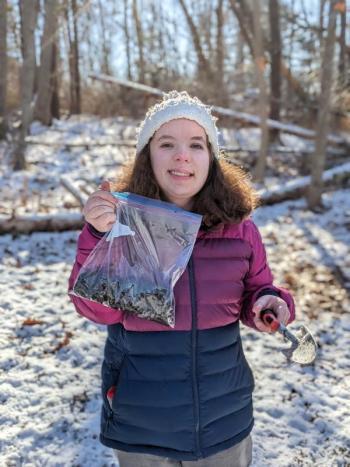 Chloe Joneth samples soil for salinity. CANDI JONETH/Boothbay Register
Chloe Joneth samples soil for salinity. CANDI JONETH/Boothbay Register
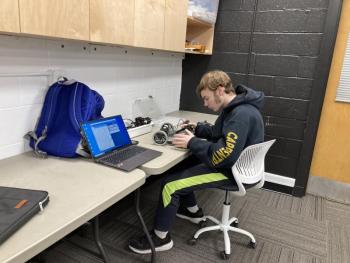 Gabe Barter works on his robot in programming class. Courtesy of Emily Higgins
Gabe Barter works on his robot in programming class. Courtesy of Emily Higgins
An adage goes, “Teens like science but not science class.” But they do at Boothbay Region High School.
A 2016 study by the AmGen Foundation found students approaching science from an inquiry-based perspective understand science better, reason better and are better equipped to interpret data. Teachers at BRHS make science real and personal for students to spark initial inquiry.
And it does not get more personal than Sherrie Hersom’s honors biology class working with their own DNA through mobile kits from Maine’s The Jackson Laboratory in Bar Harbor. “They extracted three different non-disease coding gene, amplified them through PCR technique, and ran DNA fingerprints looking for specific variants that show presence or absence of the particular genes being studied,” wrote Emily Higgins, science teacher at BRHS.
Higgins and fellow science teacher Chris Liberti co-teach a programming class that involves robotics. “The purpose of this is to help students learn about conditionals (if, then, while, else, for) and see the effects of different logical setups of programs,” she wrote. Soon, the class will return to text coding that requires researching and reproducing a famous old video game.
Making science more hands-on and relatable to teen topics of interest has resulted in greater student engagement, moving beyond the textbook-based approach many of us grew up with, to stimulate curiosity and help students find those “light bulb” moments, reports Editorial Projects in Education, the independent non-profit publisher of Education Week. Students see real world problems in topics such as AI, climate change and public health in the news and know they are working toward solutions to very real issues, Higgins said.
Textbooks, Higgins explained, are used “as a reference and source of problems. Rather than in the past where a textbook was the sole source of information and activities, texts have become one of many resources.”
These outside resources often bring more ways for students to engage with the learning material. Abigail Orchard and Sarah Harris each won $200 in a Naval Horizons STEM competition. And Feb. 15 marks the deadline for a New York Times (sponsor of Trilobites) STEM writing contest ninth grade honors science students at BRHS are in.
The AmGen Foundation report advocates for schools to have strong ties with local businesses and research organizations, because 80% of teens said knowing adults employed in the sciences they study might help them advance in that field.
Relationships between BRHS and area businesses have been fruitful. Dr. Atilla Kovacs of Harvard/Smithsonian Center for Astrophysics and owner of Sygmyne LLC held a virtual meeting with students, speaking of his experiences as an astrophysicist and programmer, and also about life. Dr. Laura Sofen of Bigelow Laboratory for Ocean Science has met with BRHS students regarding gravimetric filtration of trace elements in phytoplankton and will return to the class after spanning much of the ocean collecting more water samples for further research. The Department of Marine Resources and Coastal Maine Botanic Gardens are active in various BRHS science programs. Grants from Paul Coloumbe and Education Boothbay, as well as school budgeted earmarks funded equipment for the DNA fingerprinting projects.
“Teachers are creative because that’s what works,” says Higgins. They are creative and they are also inclusive. Higgins facilitates independent scientific research for Emma Markowitz, an area home school student whose work with bees led to the development of a topical treatment for White Line disease in horses. This year, Higgins also sponsors Chloe Joneth, a special education freshman with intellectual disabilities, at Maine State Science Fair for her research on the impact of sea level rise on vegetation surrounding Mill Pond in East Boothbay.
“There are many paths to a given learning goal,” Higgins writes.

